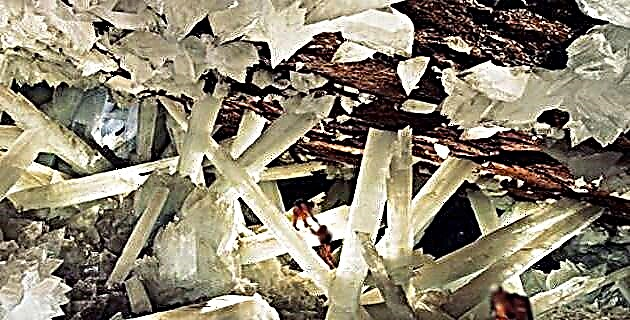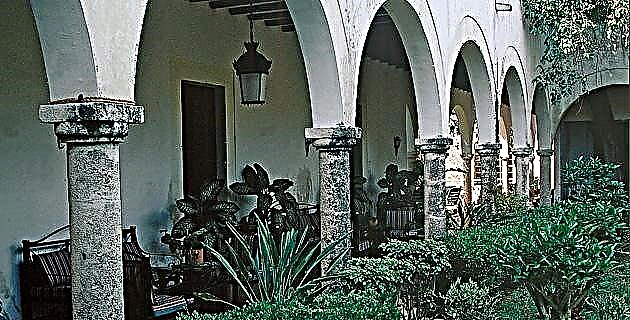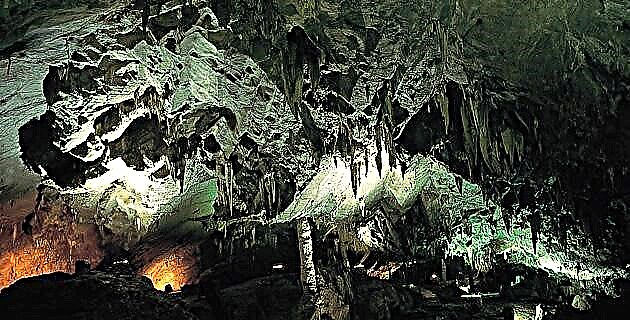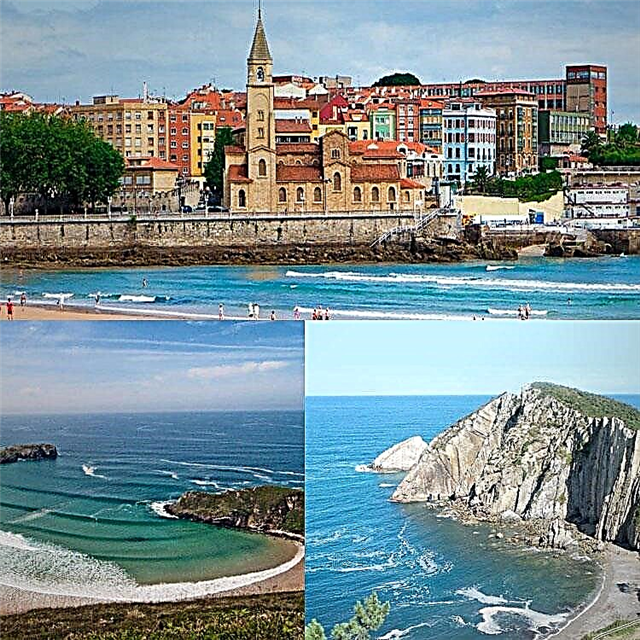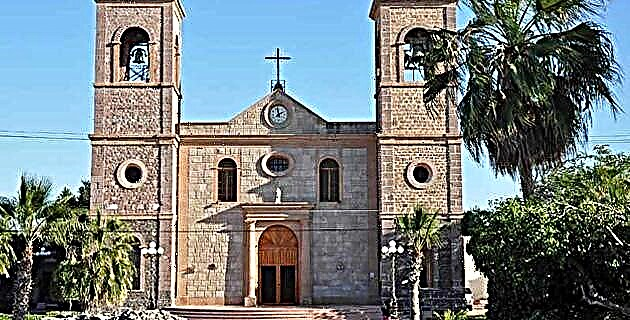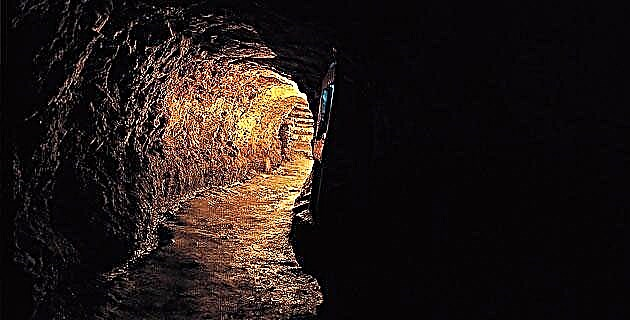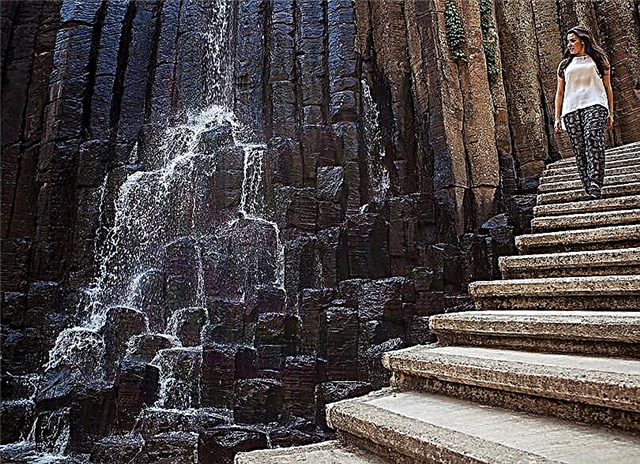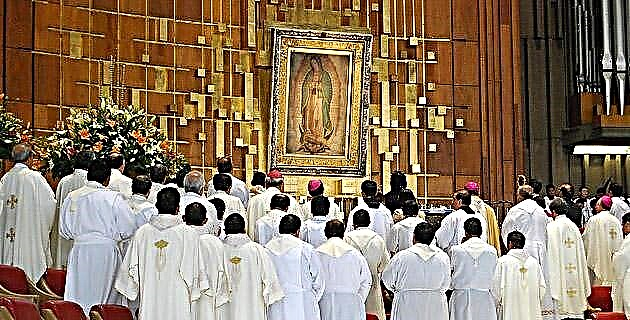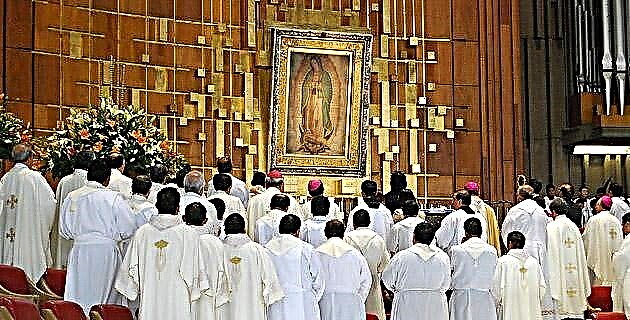
In the great civilizations music, like religion, has always been present in the culminating moments of life and death.
Regarding the Virgin of Guadalupe, it is possible to follow the tradition of her cult in Tepeyac, not only in the testimonies offered by the writings of the Guadalupano evangelists, but also in the pictorial manifestations where music is featured. Although the glorious sounds graphically captured on the canvases of the subject cannot be heard at the moment, their presence serves to remember the importance that music has always had in the great events of the human race.
Undoubtedly, the tradition of the appearance of the Virgin Mary in her invocation of Guadalupe, in New Spain, constituted a singular event for its population to the point that the Prodigious Image became a symbol of the national spirit. Consequently, a particular iconography was developed, both around the way of representing the Virgin, as well as the history of her appearance, since there was a need to make known in the rest of America and in Europe what happened in the Tepeyac. These iconographic arguments supported the divine and apocalyptic origin of the miraculous stamping, just as Father Francisco Florencia had done when he gave the image of the Virgin of Guadalupe the quality of a national symbol, with the motto: Non fecit taliter omni nationi. (“He did not do the same thing for any other nation.” Taken and adapted from Psalms: 147, 20). With this distinction, Florencia pointed out the exclusive patronage of the Mother of God over her chosen ones, the Mexican faithful.
Seen through the collection of the Museum of the Basilica of Guadalupe, the musical presence, as an iconographic variant in the painting of the Guadalupano theme, manifests itself in various forms at the same time. It is announced, in the foreground, with the melodic song of birds that surround the figure of the Virgin as a frame, sometimes together with foliage and flowers that represent the offerings that are customarily placed to date, near the image. Within the same group are birds in compositions that narrate the events of the First Appearance. Second, there are Guadalupan representations with musical elements, be they choirs of angels or ensembles of instruments, in scenes of the second and third apparitions. On the other hand, music is part of the compositions when the Virgin is protector and intercessor in favor of the faithful of New Spain. Lastly, a presence is made in the iconography of the Virgin of Guadalupe in moments of glory that celebrate her Assumption and Coronation.
In the representations that allude to the First Appearance of the Virgin to Juan Diego, the birds that fly over the scenes represent the sweet sounds of coyoltototl or tzinnizcan birds that, according to the Nican Mopoha attributed to Antonio Valeriano, the seer heard when he saw the Guadalupana.
Music is also associated with the Virgin of Guadalupe when angels sing and play instruments in honor of her appearance. The presence of these celestial beings is explained, on the one hand, by Father Francisco Florencia in his book, Estrella del Norte, as a fact that seemed to the pity of those who cared for the cult of the image because the appearance would be good adorn it with angels to keep you company. Because she is the Mother of Christ, they also sing before the Virgin, help and protect her. Within the Guadalupe iconography in the apparitions of the Virgin, the musician angels appear in choirs and ensembles playing musical instruments such as the lute, violin, guitar and flute.
The way of representing the four apparitions was established from the second half of the seventeenth century and is based on the writings of the Guadalupano evangelists. In two paintings, both from the 18th century, which recreate the Second Apparition, the compositional pattern it adopted can be appreciated. The Virgin, on one side, is heading towards Juan Diego who is in a rocky spot, while a group of angels plays in the upper section. One of the aforementioned paintings, the work of the Oaxacan artist Miguel Cabrera, includes two angels guarding Juan Diego, while two others play in the distance. This canvas is part of a series of the four apparitions, and is integrated into an iconographic program of an altarpiece in the Guadalupano room of the Museum of the Basilica of Guadalupe.
When the Virgin acts in favor of men, interceding against natural calamities, performing miracles and protecting them, music is often part of the story. The pictorial accounts of the interventions of the Guadalupana offered seventeenth and eighteenth-century artists a certain freedom to compose their scenes, as these are the original themes and issues of New Spain. In the collection of the museum of the Basilica of Guadalupe there is a monumental painting with musical iconography of its time: The Transfer of the Image of Guadalupe to the first hermitage and the first miracle, narrates the facts that were collected in the text of Fernando de Alva Ixtlixochitl titled Nican Motecpana.
The musicians and singers in the central section, on the right, are six figures; The first bearded musician with a flower headband wears a white cloth blouse as a dress and on it a tilma of the same color, he holds a mecatl or flower cord. He is playing a dark brown Tlapanhuehuetl or vertical mayena drum. The movement of his left hand is clearly visible. The second musician is a young man with a flower headband and a naked torso with a flower mecatl; It has a white skirt on which is a textile strip with a red border in the manner of a maxtlatl. On his back he carries a teponaxtle that is touched by the character who appears in fourth place. The third is a young singer whose cotton tilma can be seen with a standard attached to his back. The fourth is the one who plays teponaxtle and is singing, he is barbarian and wears a diadem; She wears a white blouse with a tilma tied to the front, the flower necklace hangs from her chest. The fifth of this group is seen in the face of this singer. Her features, tilma and bouquet of flowers are appreciated in her left hand.
The first verse that is known to be made in honor of the Virgin of Guadalupe was the so-called Pregón del Atabal, originally written in Nahuatl. Supposedly, it was sung the day of the transfer of the image from the primitive cathedral to the Zumárraga hermitage, on December 26, 1531 or 1533. It is said that the author was Francisco Plácido Lord of Azcapotzalco and that this proclamation was sung to the sound of teponaxtle in the procession of the aforementioned painting.
Within Marian devotion there is another variant of the music associated with the Virgin of Guadalupe: The Assumption of the Virgin and her Coronation as Queen of Heaven. Although the gospel does not speak of the death of the Virgin Mary, there is a legend surrounding it. The golden legend of Jacobo de la Voraigne from the thirteenth century, relates the fact as of apocryphal origin, attributed to Saint John the Evangelist.
In the collection of the Museum of the Basilica of Guadalupe there is a painting of this unusual theme within the Guadalupe iconography. Helped by angels, Mary rises to God the Father in heaven, where there are two other angels who blow trumpets, symbols of fame, victory and glory. The twelve apostles are present, in two groups of six on either side of the empty tomb in the lower section of the composition. Here, the Virgin is not only a symbol, but physically she is the axis and union between heaven and earth.
New Spanish painting with a Guadalupano theme with elements of musical iconography participates in the same patterns as the European Marian invocations. The reason for this is that the music speaks of the glory of the Virgin Mary as Queen of Heaven and any event in her life, of the Glorious and Joyful mysteries, is always sung among the great rejoicing of angels, cherubs and musical instruments. In the case of the Virgin Mary in her invocation of Guadalupe, in addition to the indicated musical elements, the iconography that marks the Appearance as proper and unique to American lands is added, indicating the supernatural event of the stamping of the ayate, which Sometimes it will be accompanied by instruments typical of Mesoamerican cultures that recall acculturation and miscegenation.
Source: Mexico in Time No. 17 March-April 1997

